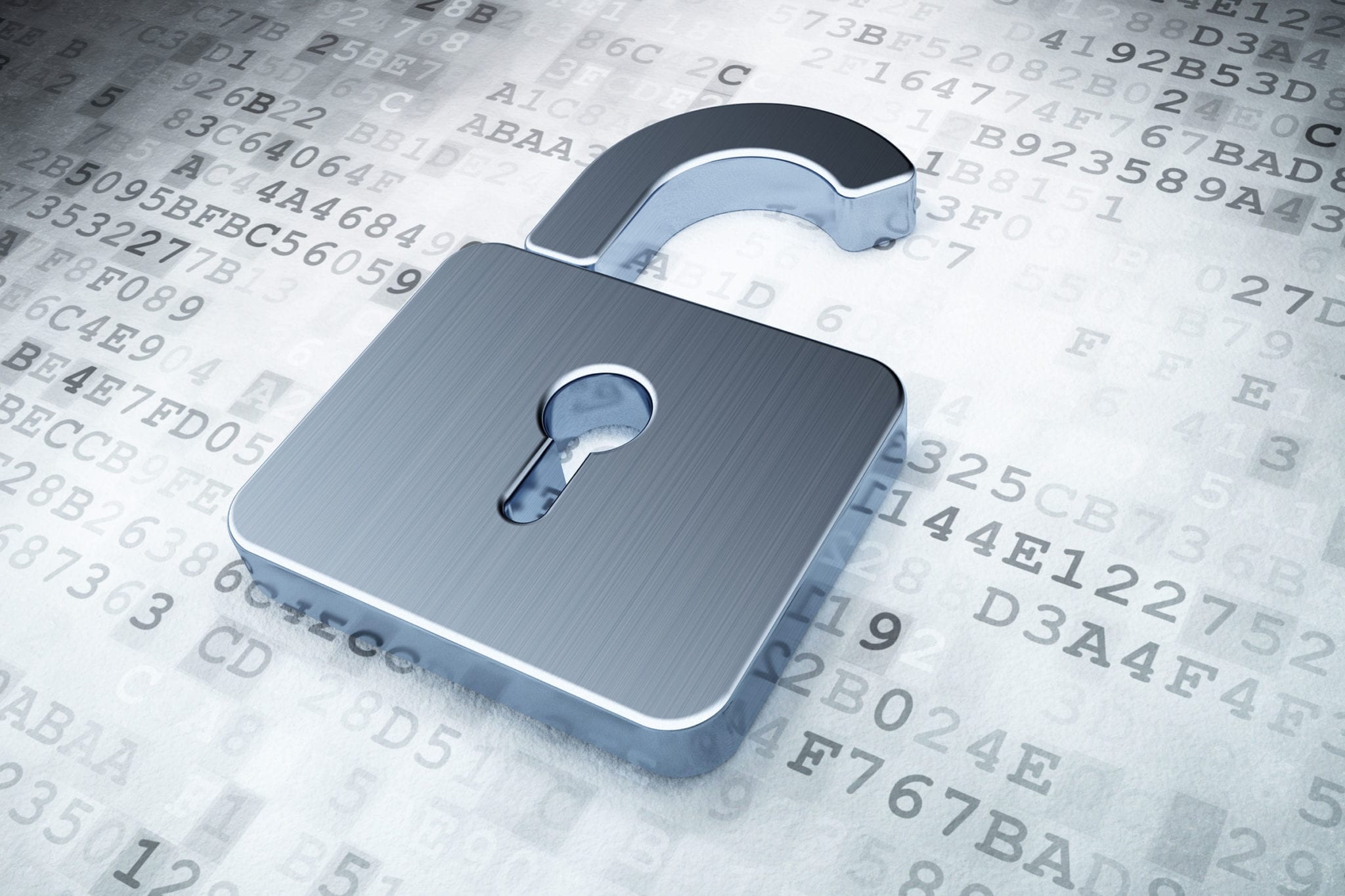
How the best Managed IT Service Providers can help companies to bridge the gap:
Computers – desktops, laptops, smartphones, smartwatches, and tablets – are the technological underbelly of modern businesses.
Technology is why many start-ups are surpassing financial objectives with accelerated levels of economic growth. Arguably, most critical of all is the people working on these devices are smart enough to demonstrate acute conscientiousness with their online activity and overall awareness of online cyber threats to both their personal as well as ‘business-critical’ data within the company.
With your end users being mindful of what is lawful and unlawful behavior; how the potential repercussions of IT downtime can seriously hurt a business financially and the effect in how a business operates after an initial cyber-attack has been successful.
An accredited MSP with both ISO 27001 and Cyber Essentials Plus certifications can truly help their clients to great effect and safeguard their infrastructure from modern cyber threats by educating both senior business leaders, internal IT teams and end-user staff within the business on risk management policies, processes and protocols they’ve implemented and are in alignment with Cyber Essentials Plus and ISO 27001 standards. Such a focus on your IT systems will help develop a ‘cyber-secure’ culture throughout your organization and in turn, ensure you are up there with the best ‘tech-savvy’ companies in London.
Effective risk management to expect from managed IT services businesses in London and the surrounding areas:
Risk is unavoidable in business. The reward is relative to risk much like ‘yin’ to ‘yang’. Risk is necessary when attempting to turn a prospect into profit and capitalize on commercial opportunities.
To effectively manage risk, begin with how much risk you can tolerate as a business. Every individual on this planet has a unique emotional response to various levels of risk, which means a managed IT services provider requires a ‘level-headed’ temperament within their leadership team with experience in handling London business environments in order to:
- Discover the risk: identify risk with foresight into how it could affect future business operations.
- Assess the risk: Determine the probability and consequence of a risk being actualized
- Measure the risk: Develop an understanding of the potential effect of the risk
- Nullify the risk: Assess the highest ranked risks, minimize their negative impact and aim to enhance the opportunities
- Continually monitor the risk: By identifying, analyzing, evaluating and treating risks with continual monitoring, you can prevent any nasty surprises from happening as ready-made plans have been developed, which helps to avoid going into ‘fire-fighting’ mode.
Inadequate management of risk often results in businesses becoming vulnerable to cyber threats. Without competent IT support over risk management, decision makers are left with an inability to recognize the level of risk the business is exposed to.
Implementing excessive security controls may hinder existing processes and business. Finding the balance between optimum functionality and sufficient security is the key. We advise applying enough security controls to safeguard the business – but not to the extreme where they interfere with day-to-day operations; this is an unnecessary business expense or obstructive to potential growth.
Ultimately, protecting personal and business-critical data within a business is the responsibility of Senior Management. However, responsible mindfulness from every individual in the organization is what is required to safeguard your IT infrastructure and data.
What risks have you knowingly or unknowingly accepted?
With no proficient risk management measures throughout your infrastructure, how can you have any assurances that day-to-day business operations are meeting National Cyber Security standards or adhering to the General Data Protection Regulation (GDPR)?
How reputable IT support can boost your credibility as a London business:
Firstly, ensure your managed it support provider has set up an authoritative structure to work with which adheres to NCSC’s Cyber Essentials Plus certification. This will verify your IT infrastructure is secure. It is crucial to have a solid structural foundation to facilitate a legitimate method for risk management throughout the business with the definitive accountability resting on the shoulders of those who own the business.
Beginning with your goals – How many ways could your goals be compromised on and offline? Depending on your disposition to risk, you know what level of risk you are willing to allow your business to be subjected to. For your workforce to have the means to protect your business, they will need to be educated on today’s cyber threats; the potential havoc they can cause, and ways to mitigate that threat. People need to become ‘tech-wise’ as IT is no longer a responsibility just for ‘geeks’.
It is crucial for business exec’s to frequently assess existing equipment within your IT Infrastructure and how it stands up to the hacking methodologies. Technology evolves as new hacking techniques render old technology obsolete and vice versa. Keeping up-to-date with the never-ending cybersecurity portrayal of ‘cat and mouse’ will keep you informed on how well your company measures up and what management should do about it to maintain an agile IT environment.
It serves companies very well to have underlying guidelines in every department for managing computer devices and best practices relevant for handling risk in terms of each area of the business. This helps set high standards for how staff should communicate via internet-facing devices in order to achieve a comprehensively ‘cyber-safe’ working environment throughout the organization.
Due to technology having a finite lifespan, vendors tend to cease supplying patches necessary to protect out-dated systems when demand for those devices decreases with time. The knock on effect is if your business relies on out-of-date, unsupported systems then your IT infrastructure can no longer be protected, the number of both ‘known’ and ‘unknown’ vulnerabilities increases, which means your business will stand out like a sore thumb to ‘digital-savvy’ hackers scouting for easy pickings.
Ensuring your managed IT services provider are accredited with an international standard such as ISO 27001 and that they have their Cyber Essentials Plus certification will give you peace of mind.
Just so you know – since October 1st 2014, it is now a mandatory standard for IT companies to have their cyber essentials certification, if they are looking to secure government contracts where the handling of personal information and delivery of particular ICT products and services are prerequisites of the agreement. In addition, The National Cyber Security Centre (NCSC), make it their focal point in their National Data Guardian Review for all organizations to achieve their Cyber Essentials Plus Certification by 2021.
Therefore, when vetting out which MSP in London, be sure to look for these accreditations. (Source: https://apmg-international.com/article/cyber-essentials-mandatory-my-organization)
For further safeguarding, going down the line of getting the Cyber Essentials Plus certification within your organization would be beneficial. This demonstrates to existing customers your approach to security and demonstrates you are taking data protection seriously.
Yes, all roads of responsibility lead to senior management – but all roads begin with your end-user environment. Staff will be facing online risks day-in, day-out. Regularly setting time aside to educate staff on risks concerning their job is critically important and requires continuous monitoring of incoming and outgoing staff. Incentivizing staff to increase their knowledge and educate one another could aid you in developing a ‘security-conscious’ culture in every department.
With most businesses being hierarchal in structure, user access to particular data streams and repositories needs to reflect this (i.e. data entry staff should not have access to financial department data should be inaccessible to the customer service team).
It is crucial to bear in mind that if all computing devices in every department are configured with the same security controls with no isolation or compartmentalization applied and they all use the internet –all devices are equally exposed to the threat of an online cyber-attack.
To conclude, yes, it is imperative for risk management policies to be enforced and authorized from the top down. However, although a hacker is more likely to infiltrate your IT infrastructure from the ‘ground up’ via your end-user environment – they only require a computer with poor security to be connected to the internet for it to be a gateway into your entire network, to ALL your data in ANY department.


